Table of Contents
- What Is a Reliable Recall and Why It Matters
- Common Recall Problems
- Step-by-Step Training Guide
- The Right Gear
- Recall Training for Puppies
- Conclusion
- Common Mistakes
- Quick Reference Table
What Is a Reliable Recall and Why It Matters
Recall means that your dog immediately and consistently returns to you on a specific cue – usually a word or a whistle – no matter what distractions are around. A reliable recall is not just convenient; it can be life‑saving in dangerous situations. It allows your dog more freedom while keeping them, you, and others safe.
Common Recall Problems
Many owners have experienced it: their dog listens perfectly indoors, but outside, it’s a different story. The most common reasons are:
- Too many distractions in the environment
- Recall not trained consistently
- Cue has been “worn out” (used too often without a reward)
- The dog has learned that ignoring the cue has no consequences
Remember: Poor recall is usually not stubbornness but a training or motivation issue.

Step-by-Step Training Guide
1. Choose a Calm Environment
Start in a low‑distraction environment, such as your living room or backyard. This helps your dog focus on you.
2. Pick a Clear Recall Cue
Choose a distinct word like “Here” or “Come,” or use a dog whistle. Always use the same cue to avoid confusion.
3. Immediate Reward
When your dog comes to you, immediately give a high‑value reward – treats, a toy, or enthusiastic praise. This makes recall worth it for them.
4. Gradually Increase Distance and Distractions
Raise the difficulty slowly: first increase the distance, then add mild distractions, and later practice in new environments.
5. Positive Reinforcement Only
Punishing during recall damages trust. If your dog doesn’t respond right away, stay calm, repeat the cue, and reward as soon as they comply.
6. Keep It Fun and Varied
Don’t only use recall to end playtime or walks. Sometimes call your dog for a game or a fun activity so they associate coming back with positive outcomes.
The Right Gear
For effective recall training, use gear that is safe, functional, and comfortable:
- A long training line (15–30 feet) for safe distance work
- A well‑fitted, comfortable dog collar
- High‑value treats or a favorite toy
Tip: Choose a collar and leash with soft padding, durable materials, and secure closures – for safe and comfortable training.
Recall Training for Puppies
The earlier your dog learns recall, the better. For puppies:
- Keep sessions short and playful
- Always reinforce positively
- Practice regularly without overdoing it
Puppies are curious and easily distracted – patience is the key to success.

Conclusion
A reliable recall is one of the most important skills in dog training. With patience, consistent practice, and the right rewards, you can teach your dog to respond to your cue no matter the distractions – creating both safety and freedom.
Common Mistakes
- Repeating the cue too often without a response
- Only calling the dog for negative situations (e.g., to end free play)
- Punishing when the dog returns slowly
- Increasing difficulty too quickly
- Inconsistent or unexciting rewards
Quick Reference Table
| Training Start | From puppy age |
| Cue | Clear word or whistle |
| Session Length | 5–10 minutes, several times daily |
| Training Tools | Long line, treats, toy |
| Progression | Gradually – distance first, then distractions |
| Success Criteria | Dog returns reliably on the cue |


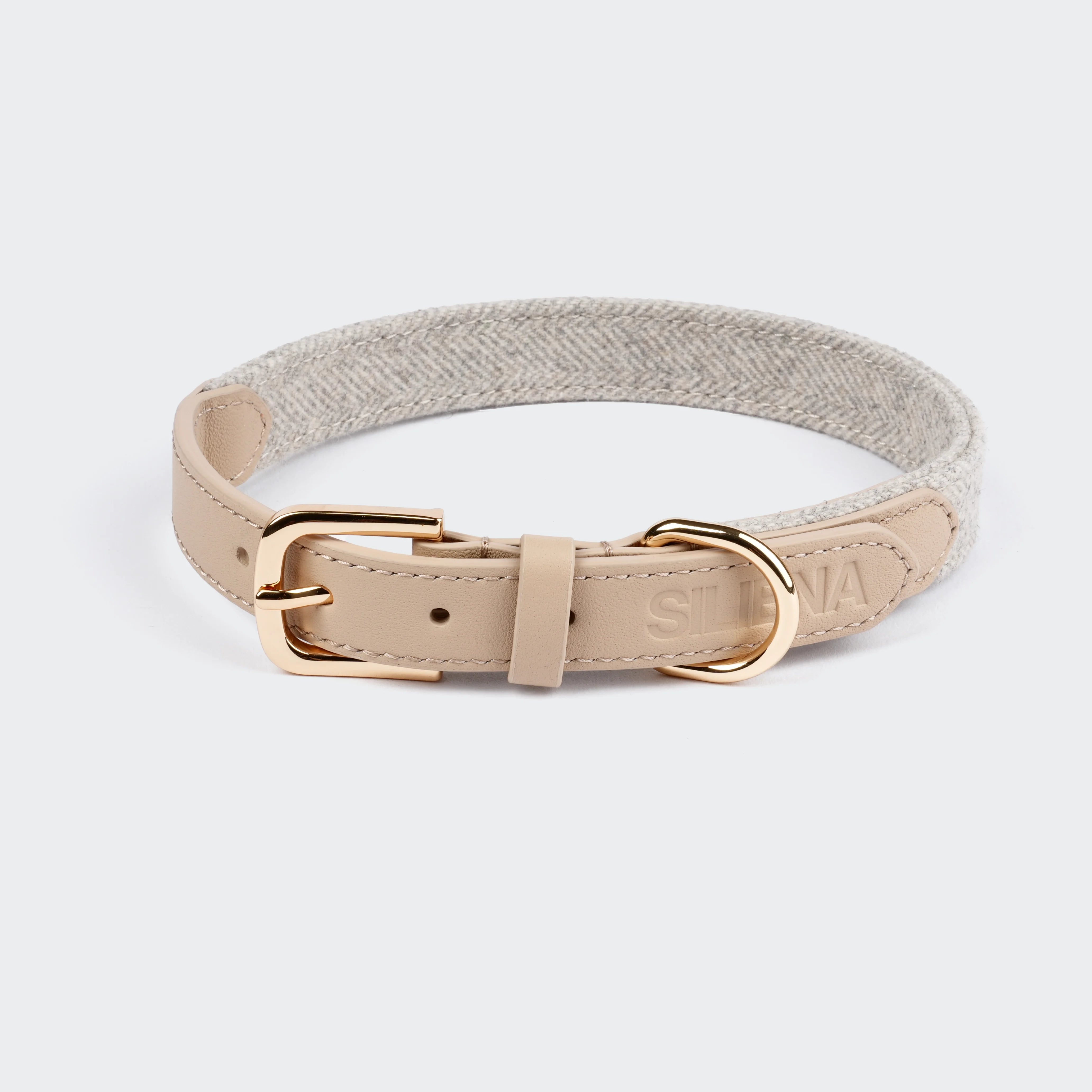
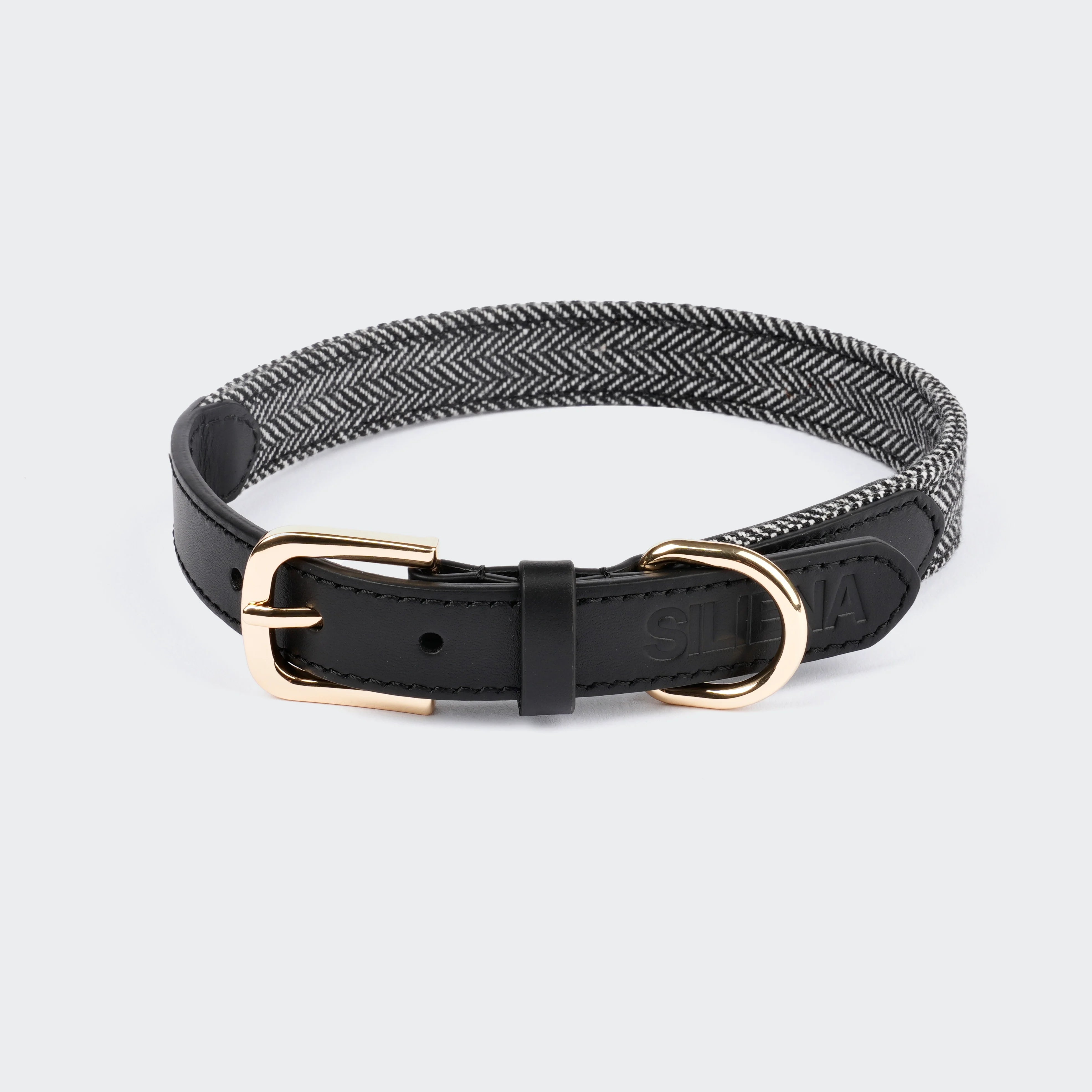
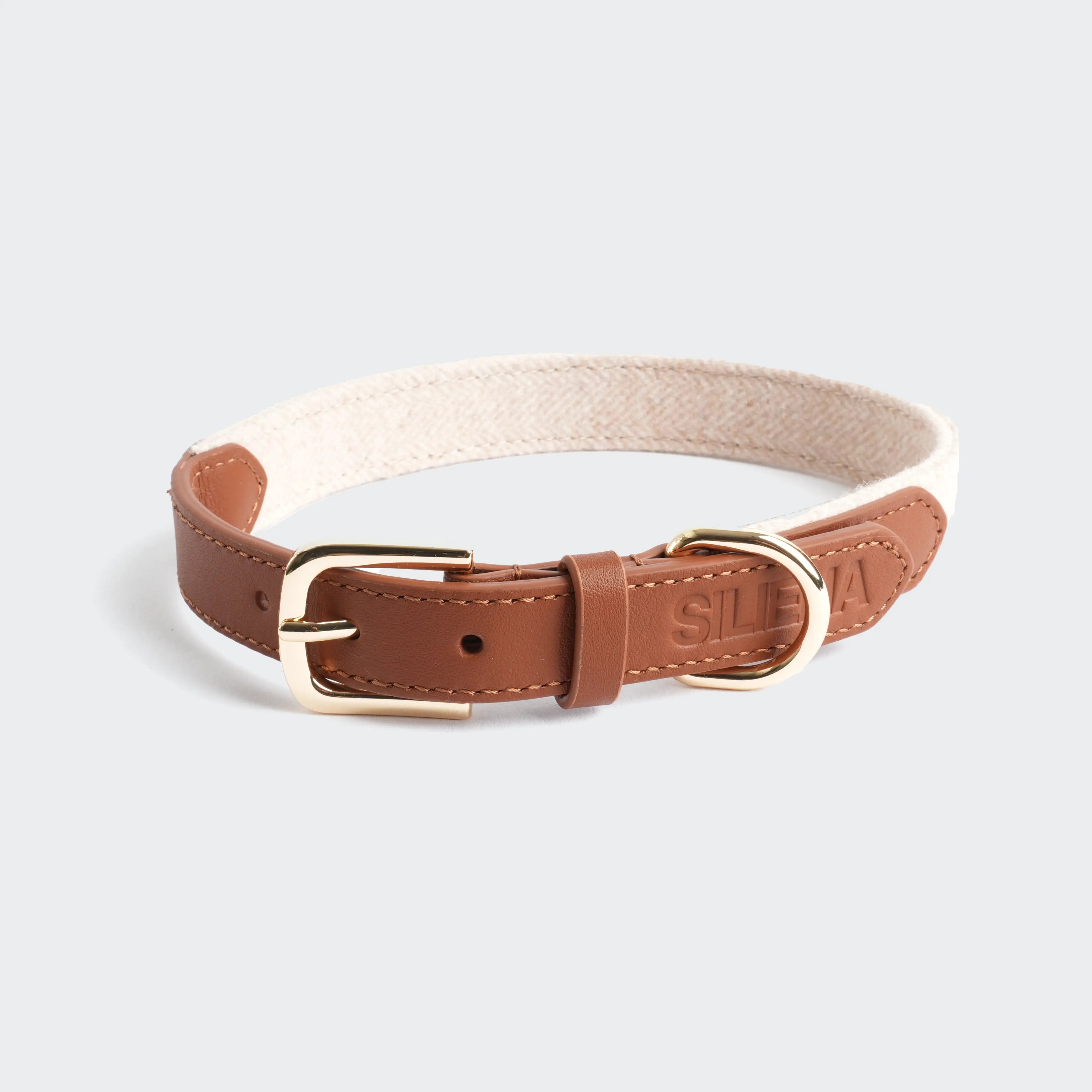
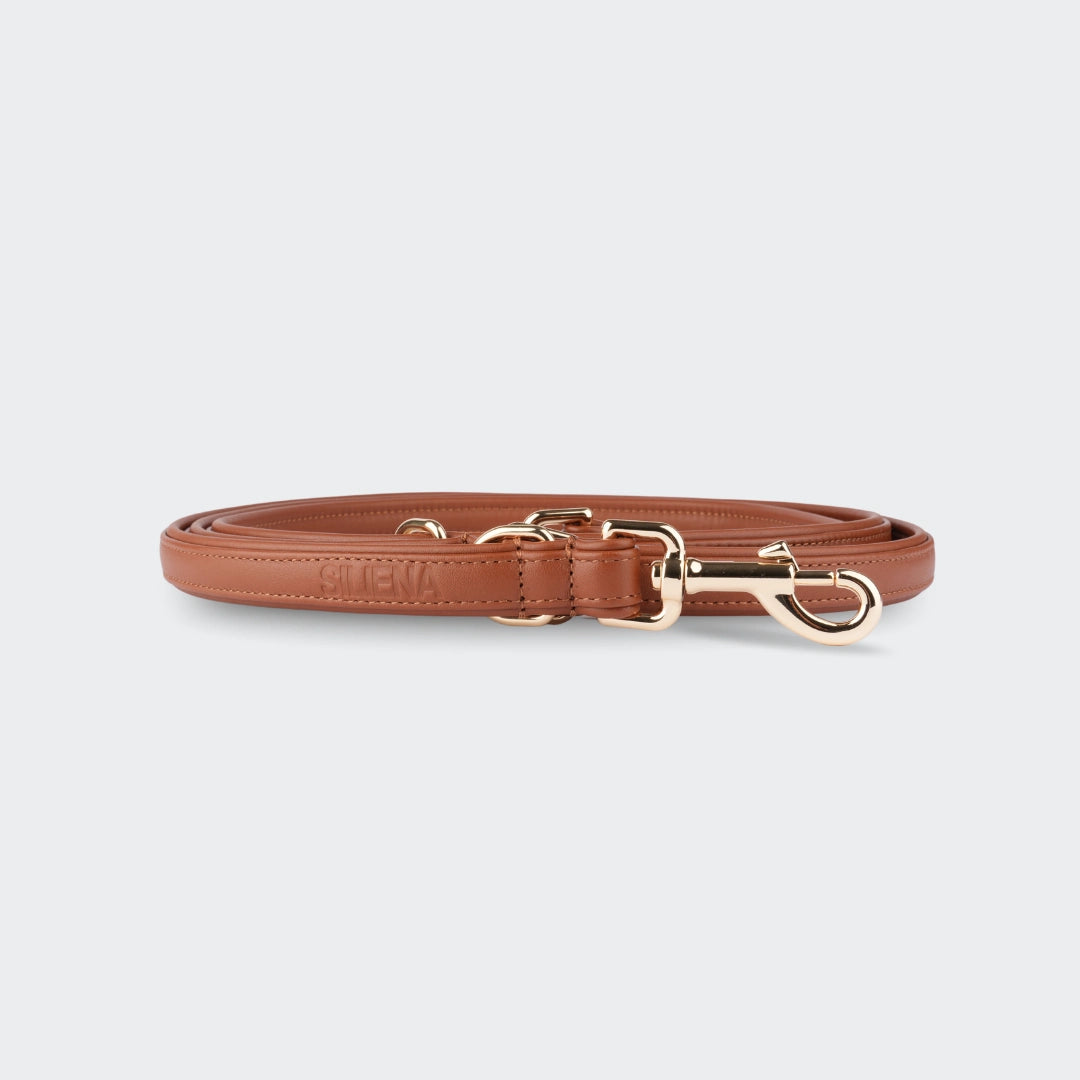
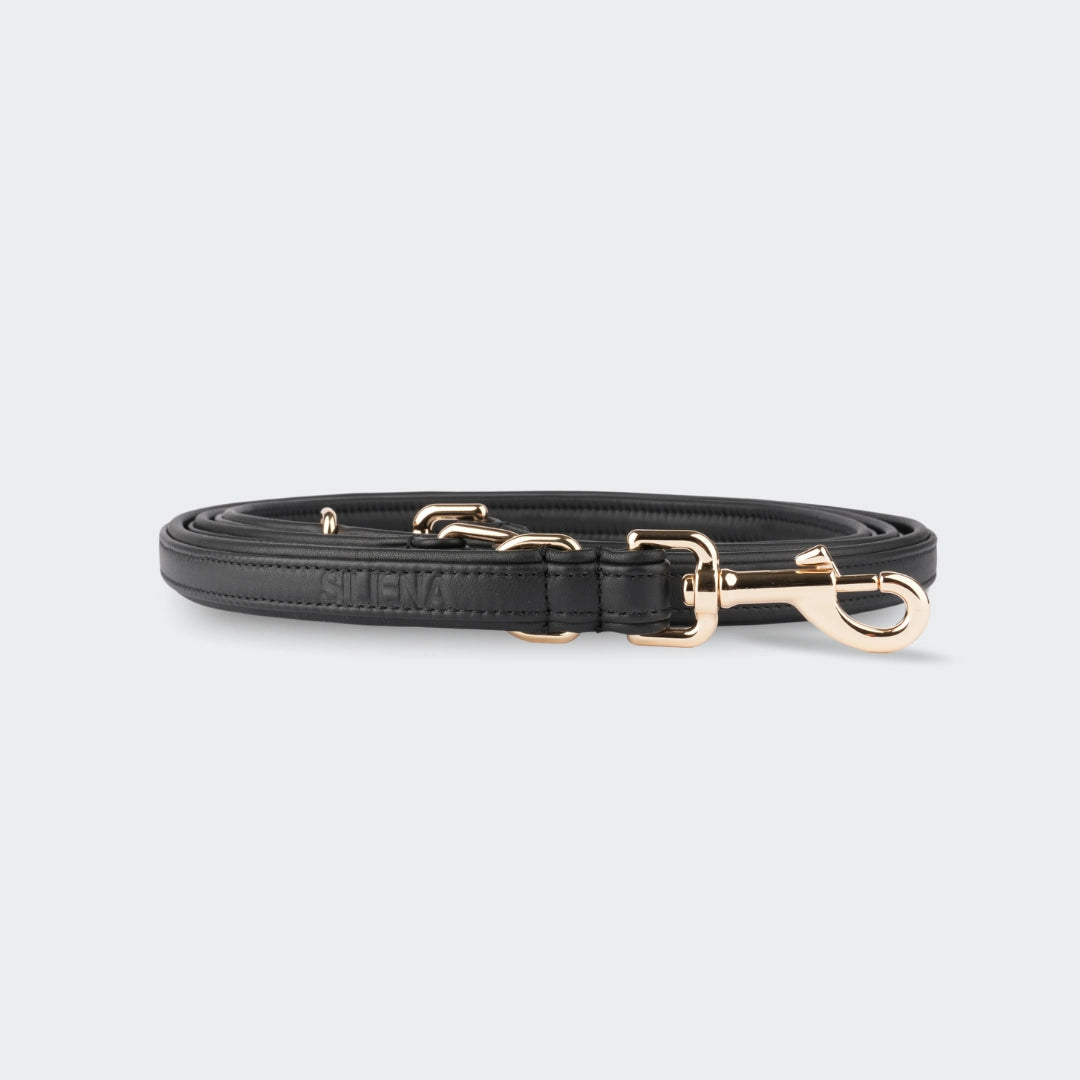
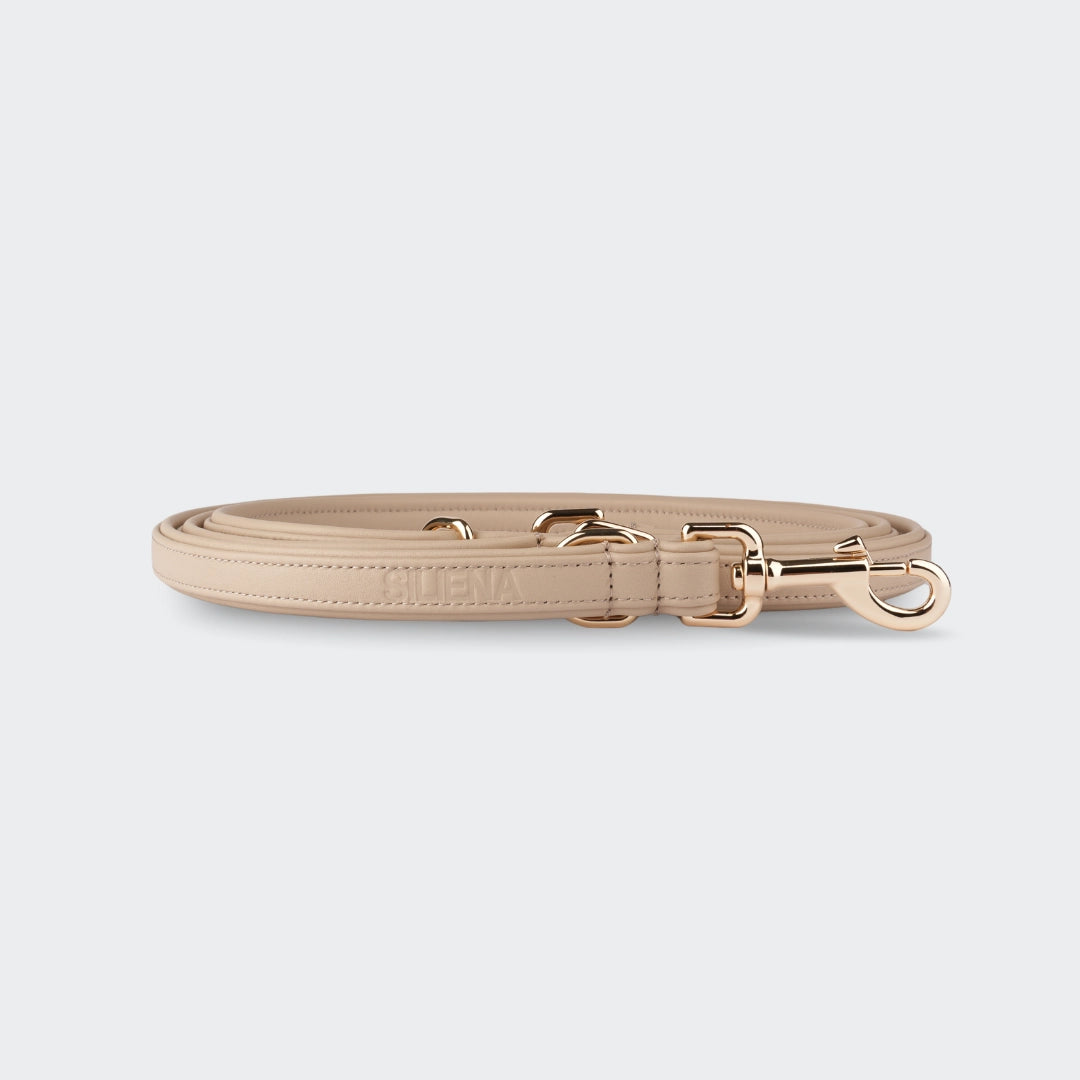
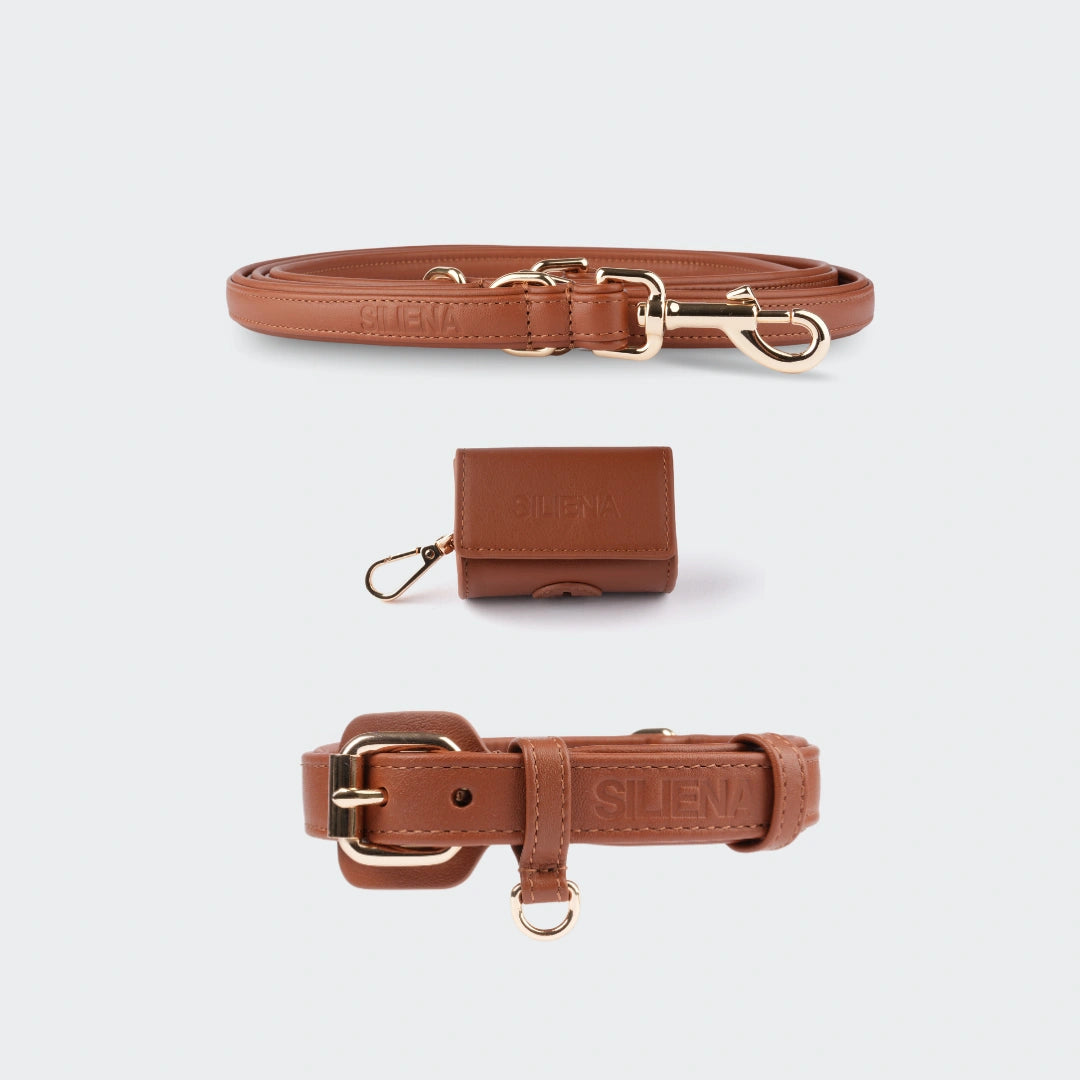
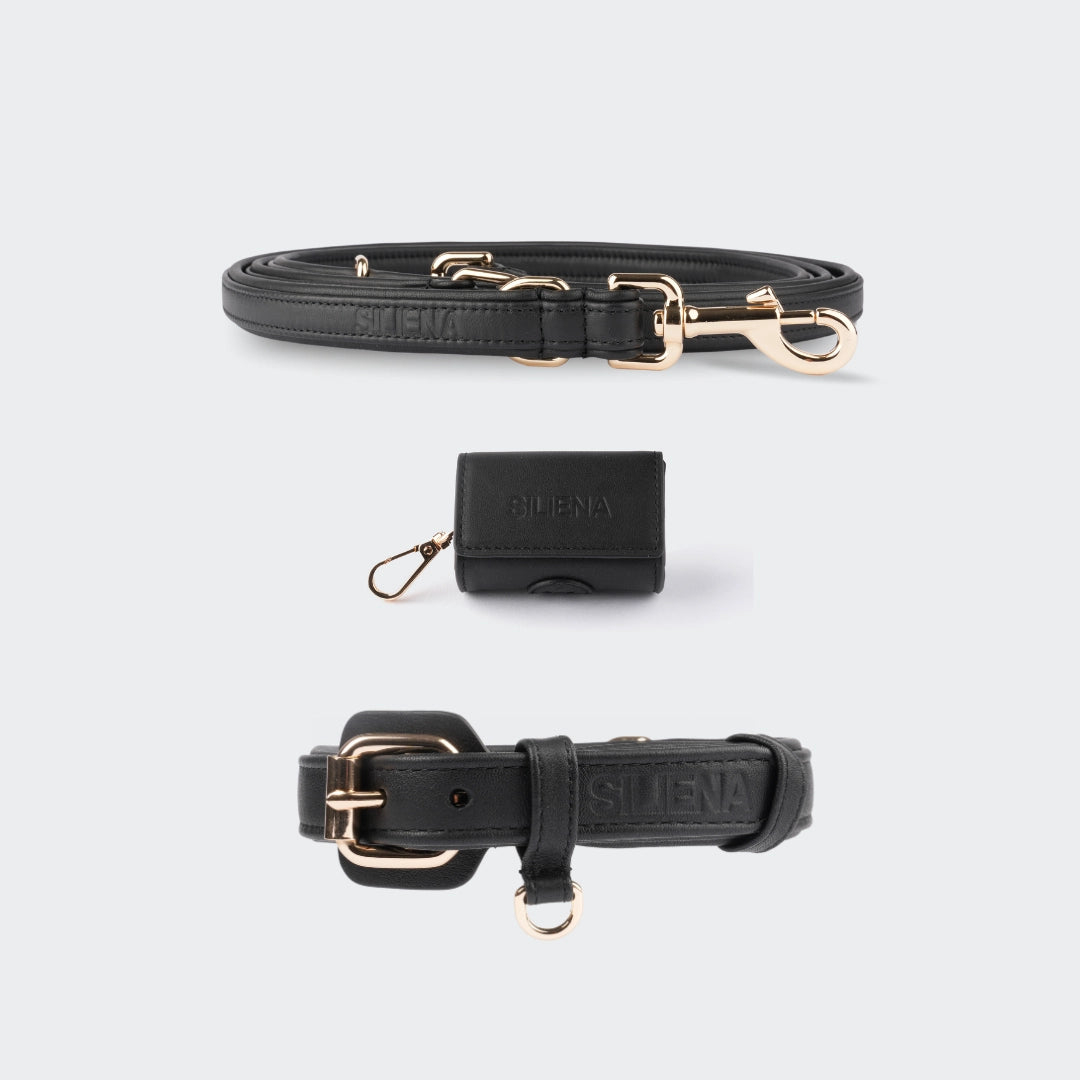
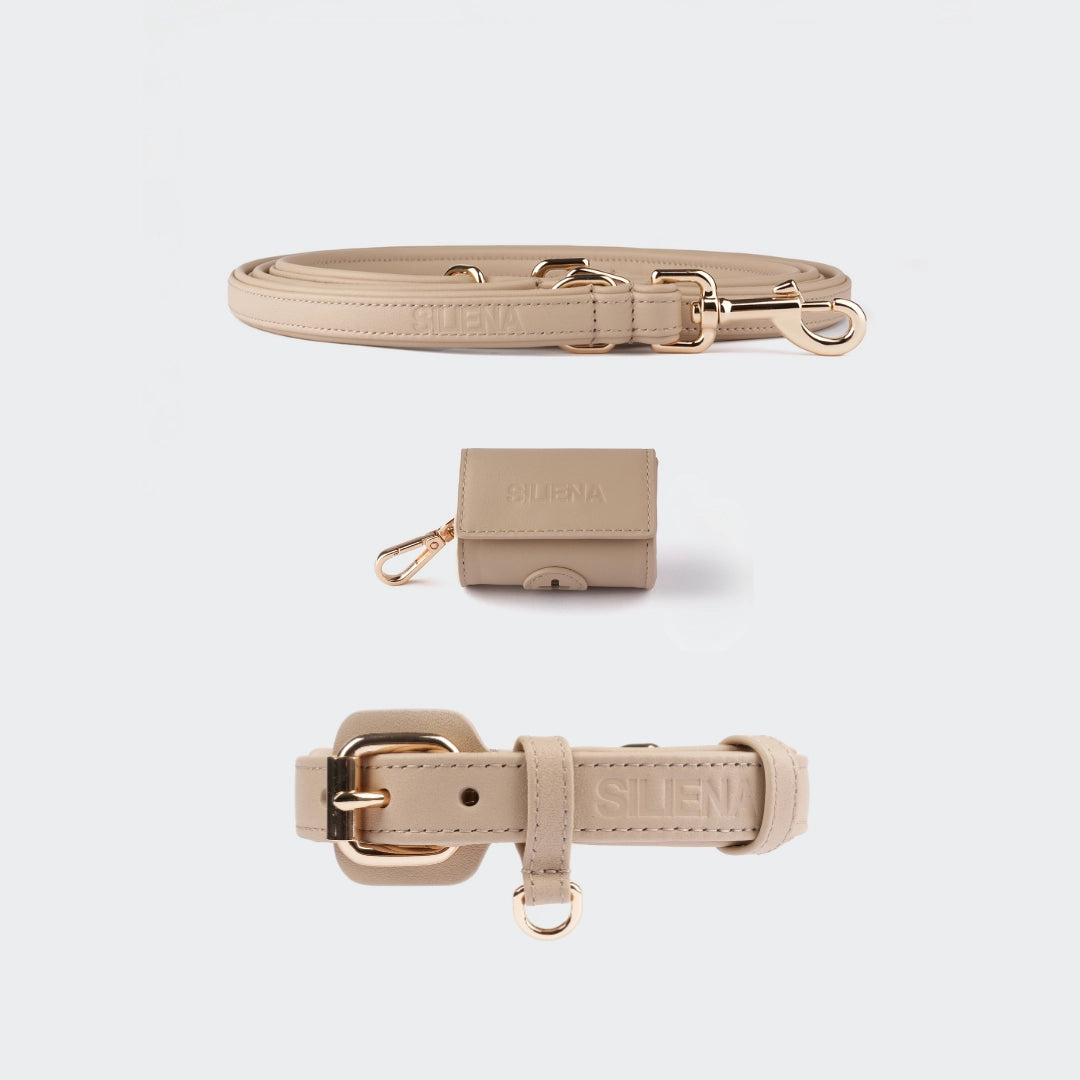
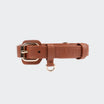
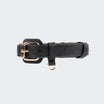

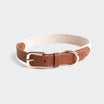
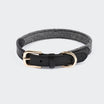
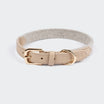

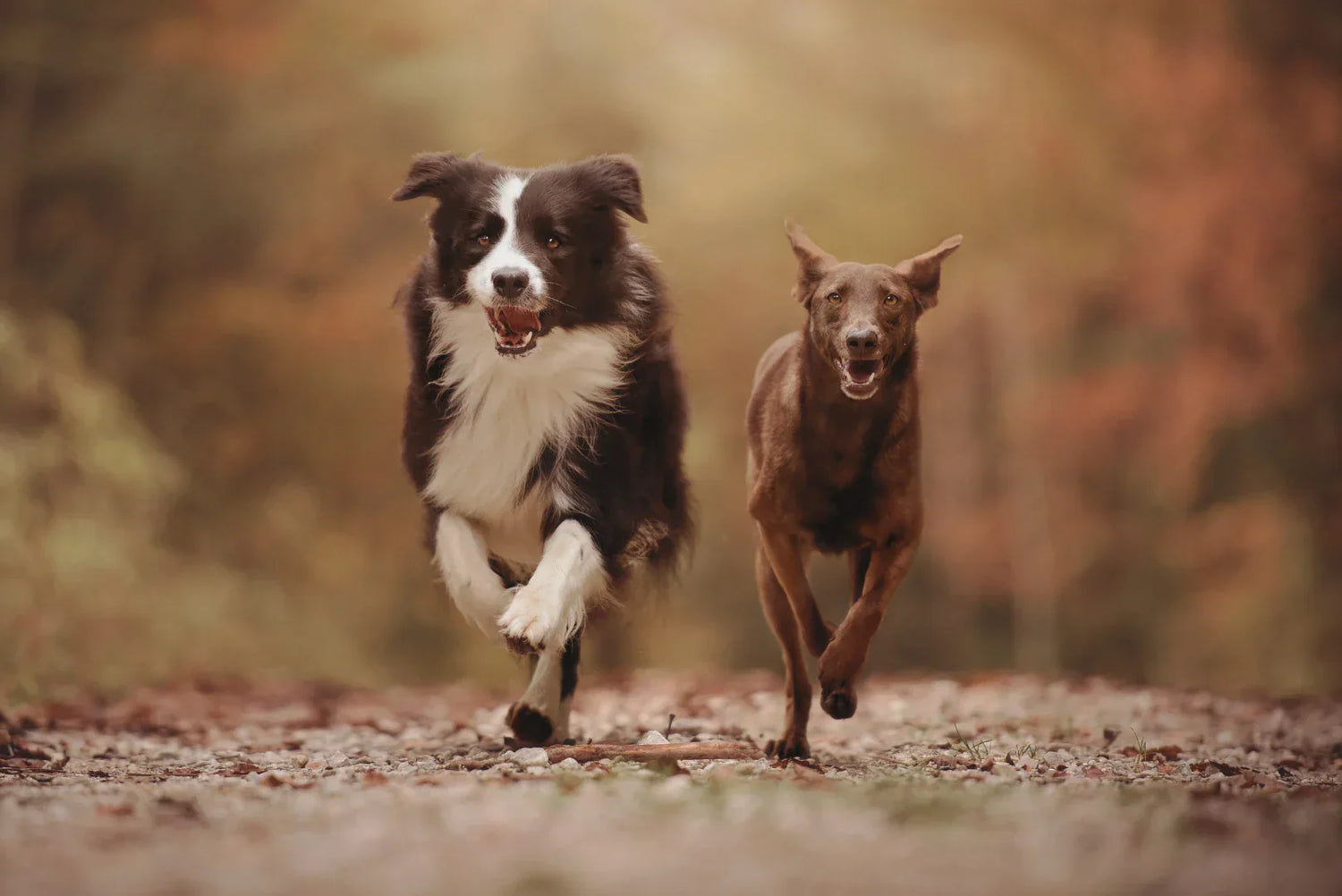
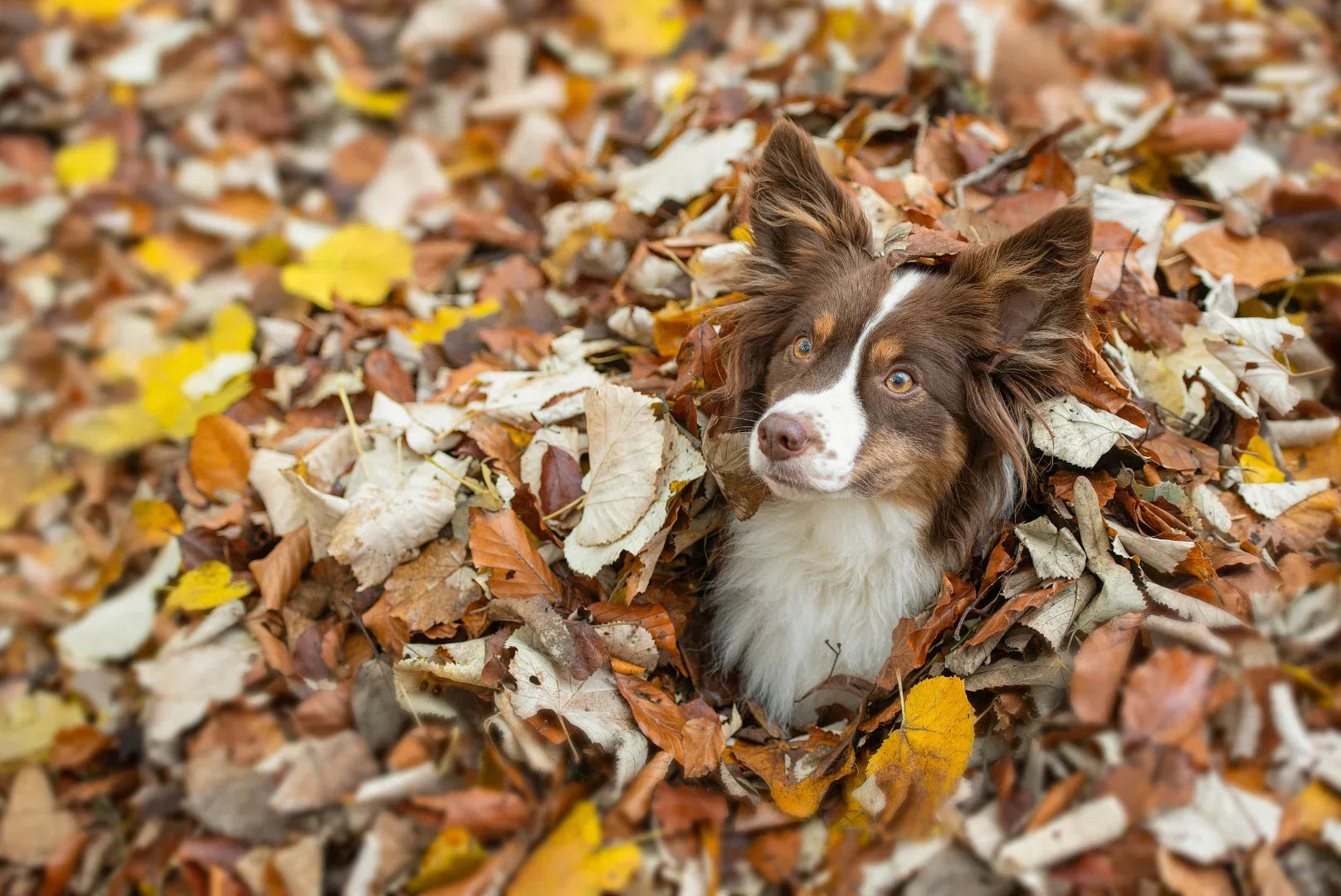
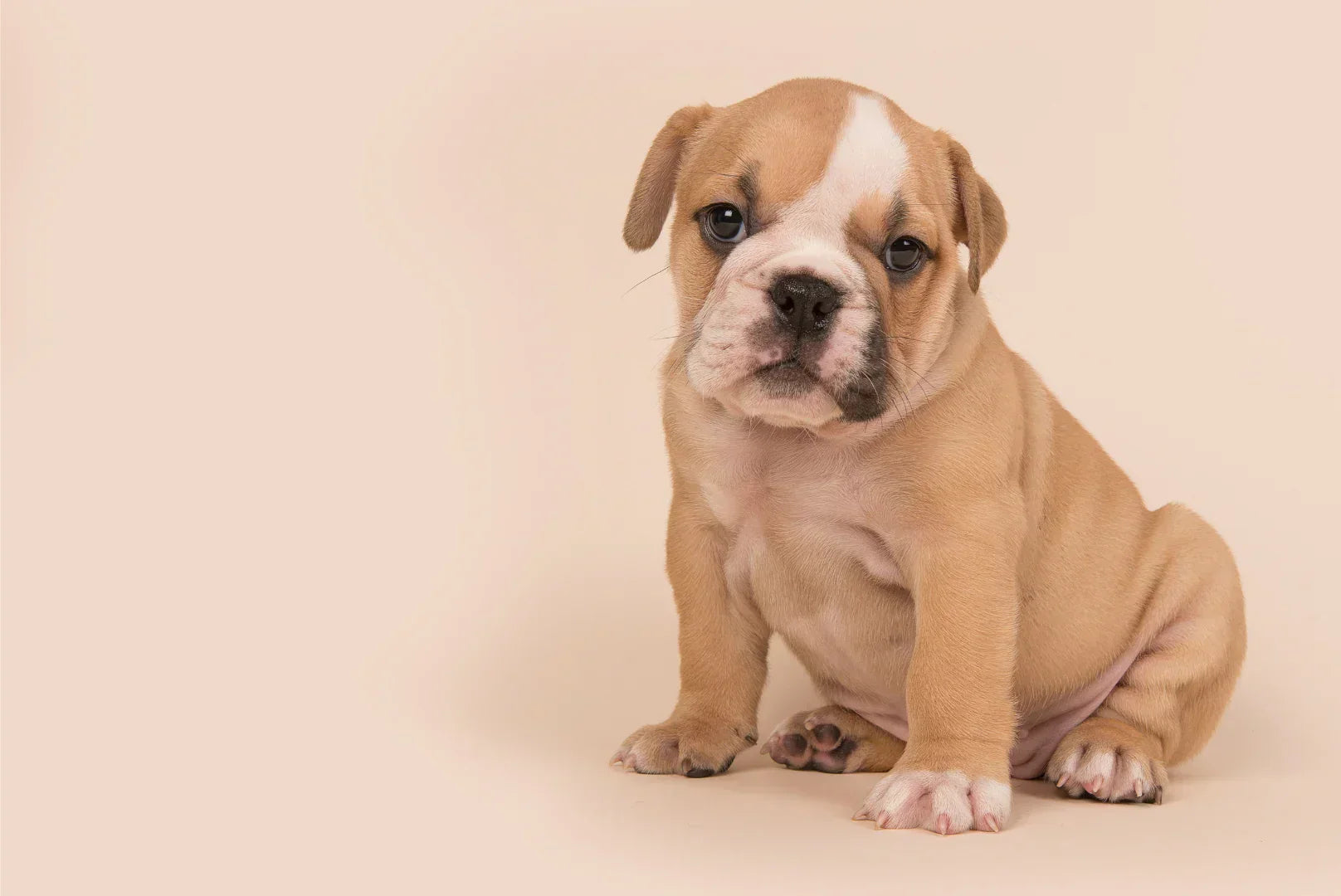


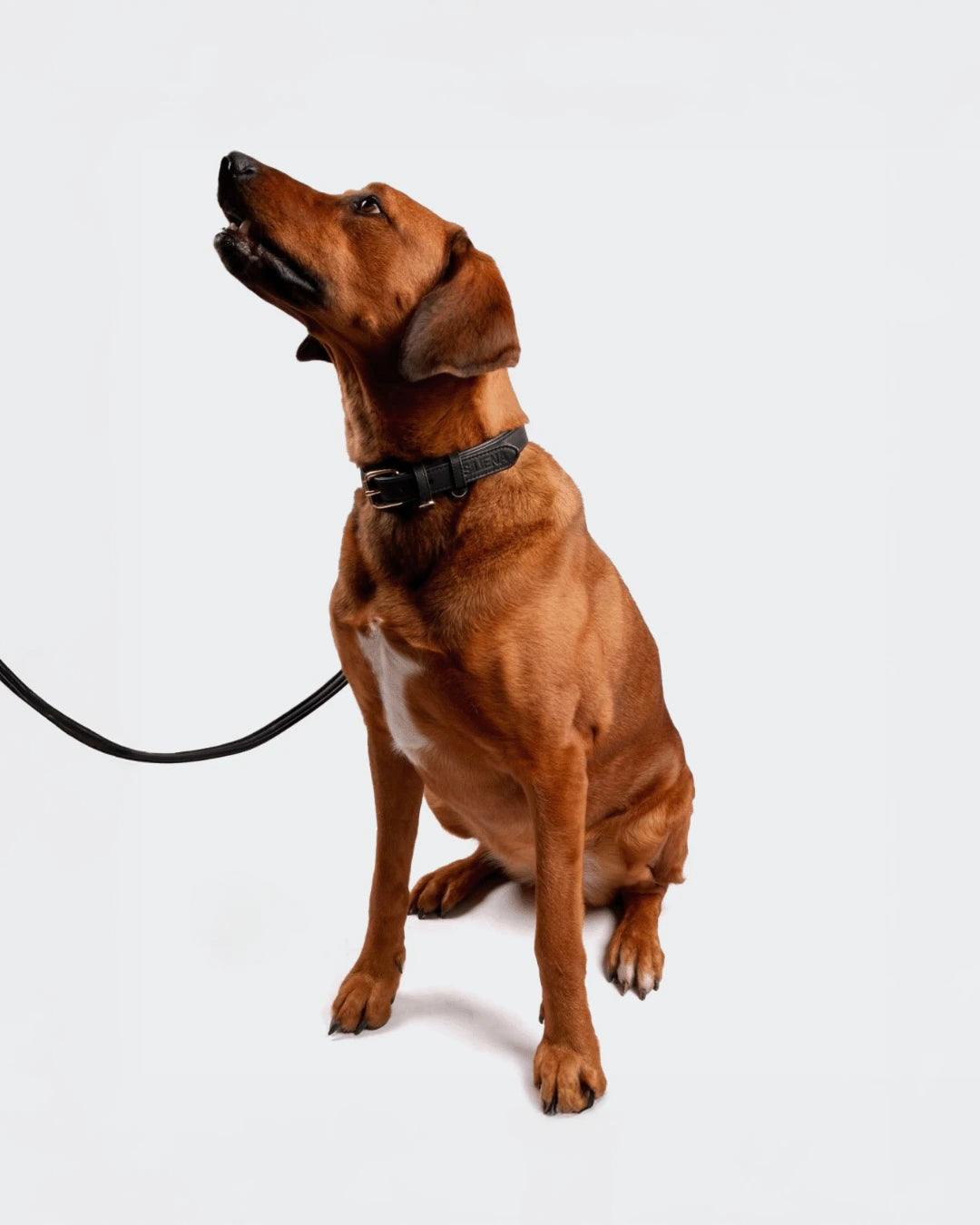
Leave a comment
This site is protected by hCaptcha and the hCaptcha Privacy Policy and Terms of Service apply.